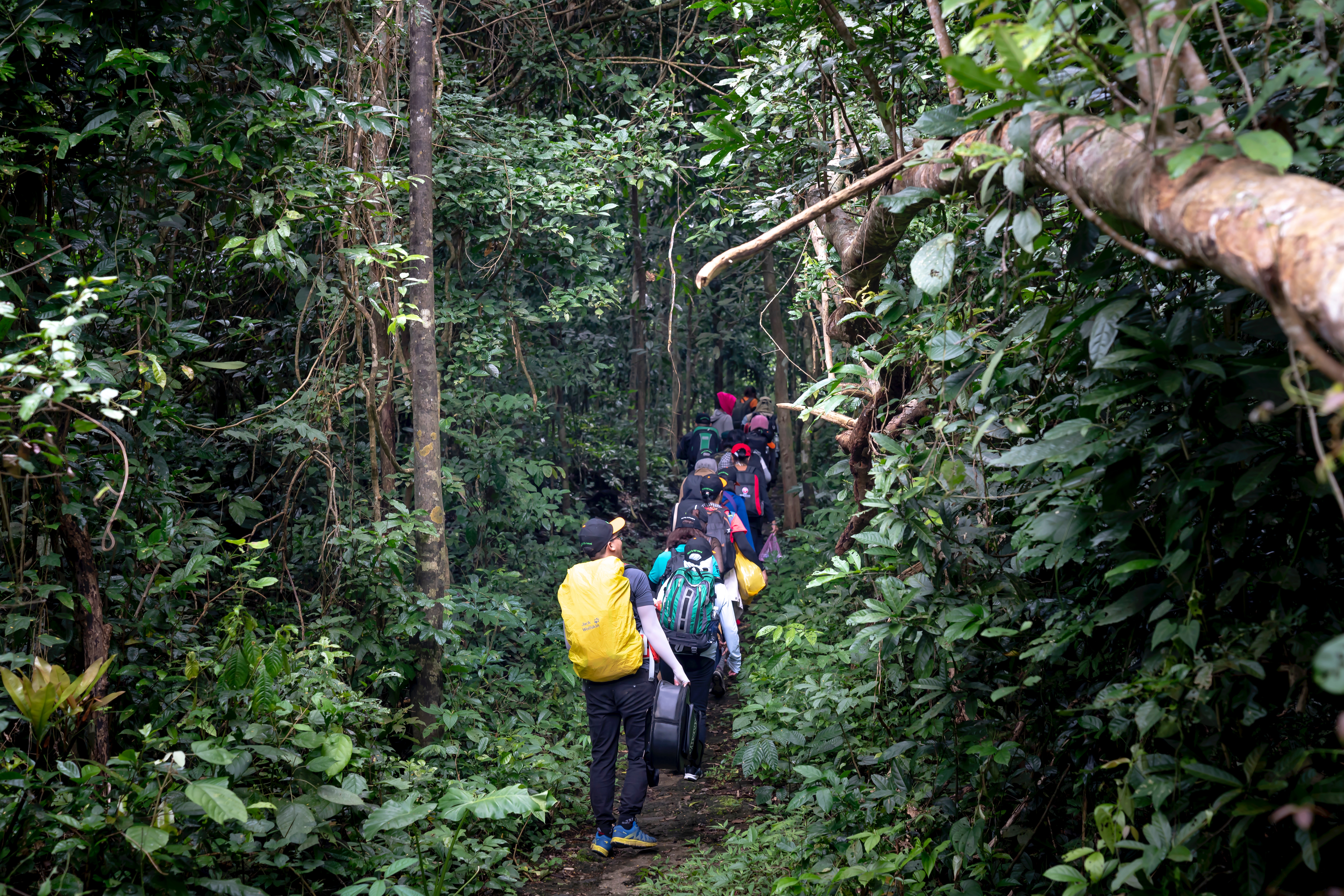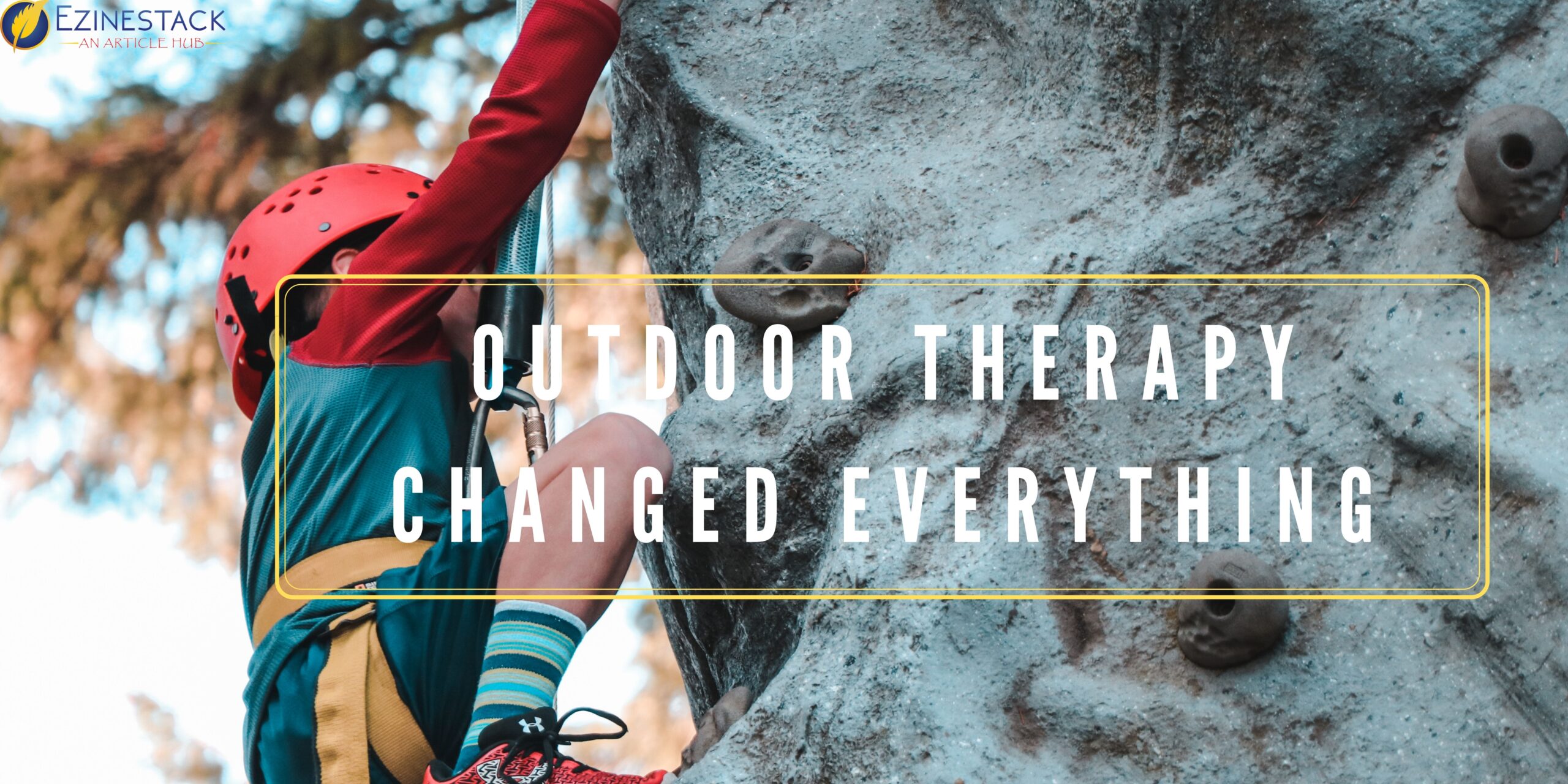How Has Autism Therapy Changed Over The Years
The first detailed description of autism therapy dates from the 1880s, written by English physician Langdon Down, who described the classical features of autism, such as echolalia, excellent rote memory, social isolation, repetitive behavior, and stereotypies, but didn’t give the condition a name. In the 40s, Leo Kanner and Hans Asperger used the term autism to describe the same condition. There are fragmentary descriptions of what sounds like autism spectrum disorder at least as far back as Colonial times and descriptions in European literature that go back even farther.
Basic science research has uncovered that mutations on chromosome 16 a known cause of ASD may have arisen as long as 250,000 years ago. If true, then ASD or some genetically based ancestor condition may have been with us as a species for a very long time. There has been an explosion in the proportion of persons getting a diagnosis of ASD prevalence, most of which is due to broadening diagnostic criteria, increased awareness, and changes in education law.
Once autism became a recognized diagnosis under Federal Law, it became reportable, and the apparent number of children with the diagnosis spiked. But there was a mirror-image decrease in children with other diagnoses Mental Retardation, Emotional Disturbance, ADHD, suggesting that some children were being reclassified from their former diagnosis to autism.
Human Behavioral Findings In The 19th Century
The biggest advance of the 19th century was to recognize that human behavior is grounded in the laws of nature. Human behavior is far more complex, say than studying the movement of the planets under the influence of gravity. But it is not capricious. And people with unusual behavior are not as was once believed touched by the devil. In 2007, the National Health Service in England conducted a door-to-door study based on a random sample of adults throughout the country. They found that the prevalence of ASD, using today’s criteria, was virtually the same among senior citizens as among today’s children.
So there’s no proof behind the claims for an autism explosion or epidemic. It’s possible, but not necessarily the case. I’d like to see the English study replicated somewhere. Oldsters, like me, are a time capsule into the past, waiting to be studied.
Brain-Imaging Techniques In 20th Century
The 20th century witnessed the emergence of brain-imaging autism respite, which enabled researchers to study the action of the brain in awake, non-injured subjects. The 21st century has seen immense progress in “functional brain imaging”, the view of the action of the brain at work on specific tasks.
We’re also witnessing an explosion of knowledge in behavioral genetics: the relationship between genetic code and behavior. But we’re only on the threshold of a new understanding. The interactions between genes, environment, and behavior are complicated, but for the first time, we have tools that let us begin to get a handle on these interactions.
How Has Outdoor Therapy Changed Everything
Recreational therapy can help rebuild skills, improve mood, boost the quality of life, and strengthen social connections. These are just some of the benefits of targeted recreational therapy on your health and well-being. Activities like hiking are therapeutic for every person, big or small, and while getting out into nature and exercise are obvious benefits, there are numerous valuable lessons, and there are some respite services Australia that actually help.
Studies also show that going for a walk in nature can be effective as medication in aiding concentration. We live in a beautiful environment, and it’s important to connect with our home and gain familiarity with the wider area around us. An Autism support worker has extensive knowledge of local terrain and therefore can assess the suitability of certain hikes for varying fitness levels. Thus these organizations can ensure a personalized approach to the fundamental enjoyment of experiencing nature. Teaching about local flora, fauna, and wildlife, as well as instilling both instinctual and conscious navigational skills.
Conclusion
There has been tremendous progress made in the field of autism over the last six decades. While it was once a syndrome that was rarely discussed in public, we find information about autism spectrum disorder or ASD all around us today on television and radio, websites and internet searches, public service announcements, and in the views of celebrities sharing their stories.
Eco-therapy has various structures and exercises. Advantages incorporate initiating better wellbeing, mental dependability, stress decrease, variation to an everyday normal just as uplifting feedback which likewise gives pleasure and diversion. Early intervention therapies like respite care are the main supplier for Eco-treatment. Go ahead and get in touch with us and begin on experiences that are pleasant as well as useful and required for your kid to flourish and fill in their excursion.










